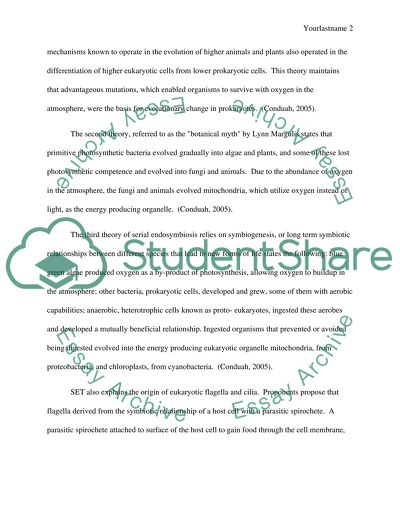Cite this document
(“The Evolution of the Eukaryotic Cell Essay Example | Topics and Well Written Essays - 2500 words”, n.d.)
Retrieved from https://studentshare.org/biology/1520726-the-evolution-of-the-eukaryotic-cell
Retrieved from https://studentshare.org/biology/1520726-the-evolution-of-the-eukaryotic-cell
(The Evolution of the Eukaryotic Cell Essay Example | Topics and Well Written Essays - 2500 Words)
https://studentshare.org/biology/1520726-the-evolution-of-the-eukaryotic-cell.
https://studentshare.org/biology/1520726-the-evolution-of-the-eukaryotic-cell.
“The Evolution of the Eukaryotic Cell Essay Example | Topics and Well Written Essays - 2500 Words”, n.d. https://studentshare.org/biology/1520726-the-evolution-of-the-eukaryotic-cell.


